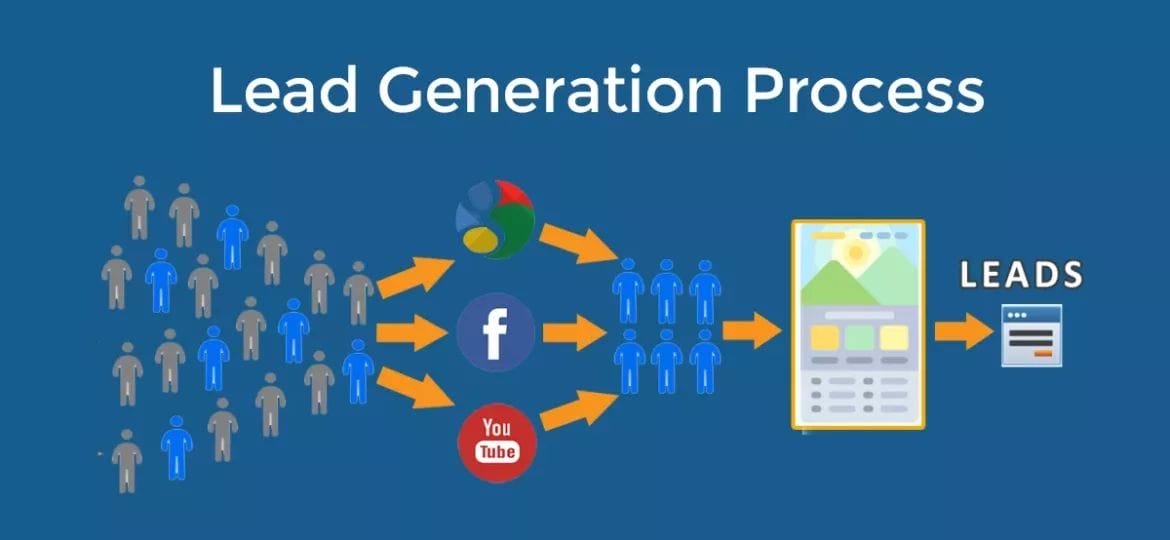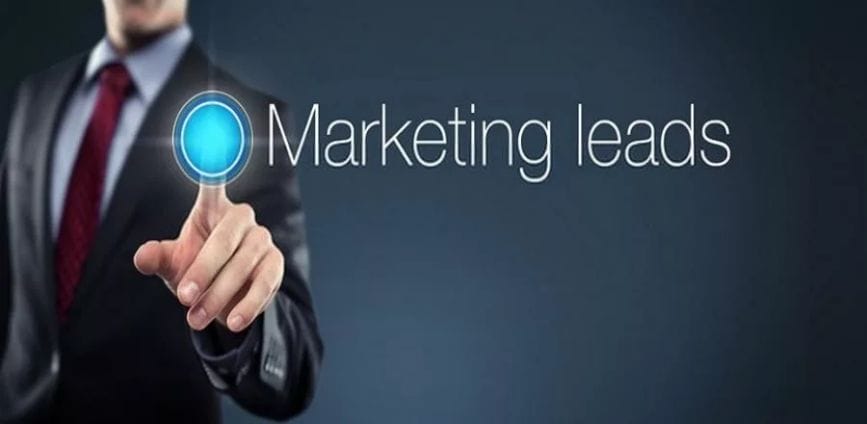
How Can Digital Marketing Help Qualify and Prioritize Leads?
- Leads categorized into Cold, Warm, Hot, and Qualified types based on BANT framework.
- MQL (Marketing Qualified Lead) and SQL (Sales Qualified Lead) distinguish lead engagement levels.
- Digital marketing assists in lead qualification through segmentation, scoring, nurturing, and conversion.
- Prioritizing leads and delivering personalized content are crucial for lead qualification.
- Not all leads are equally valuable; understanding lead types is vital for business growth.
- Effective use of digital marketing enhances sales and marketing efforts’ efficiency and profitability.
In the realm of digital marketing, understanding and categorizing leads into distinct types, such as Cold, Warm, Hot, and Qualified leads based on frameworks like BANT, is fundamental. Additionally, recognizing the differences between Marketing Qualified Leads (MQLs) and Sales Qualified Leads (SQLs) helps gauge lead engagement levels. Digital marketing plays a pivotal role in lead qualification by enabling segmentation, scoring, nurturing, and conversion strategies. By effectively prioritizing leads and delivering personalized content, businesses can efficiently harness the potential of their leads, thus contributing to enhanced sales and marketing endeavors and ultimately, profitability.
Leads are potential customers who have shown interest in your products or services, but have not yet made a purchase decision. Leads are vital for any business, as they represent the opportunities to generate revenue and grow your customer base. However, not all leads are created equal. Some leads are more likely to buy from you than others, and some leads may require more nurturing and persuasion than others. Therefore, it is important to understand the different types of leads and how to qualify them with digital marketing strategies.
What are the Types of Leads?

There are many ways to categorize leads based on their characteristics, behaviors, and stages in the buyer’s journey. However, one of the most common and useful classifications is the BANT framework, which stands for Budget, Authority, Need, and Timing. According to this framework, leads can be divided into four types:
Cold leads: These are leads who have not expressed any interest in your products or services, and may not even be aware of your brand. They have not provided any information about their budget, authority, need, or timing. They are the least qualified and the most difficult to convert.
Warm leads: These are leads who have shown some interest in your products or services, either by visiting your website, downloading your content, subscribing to your newsletter, or following you on social media. They have provided some information about their budget, authority, need, or timing, but not enough to make a purchase decision. They are moderately qualified and require more nurturing and education.
Hot leads: These are leads who have demonstrated a high level of interest in your products or services, either by requesting a demo, asking for a quote, filling out a contact form, or initiating a conversation with you. They have provided sufficient information about their budget, authority, need, and timing, and are ready to buy from you. They are highly qualified and require minimal persuasion.
Qualified leads: These are leads who have met all the criteria of the BANT framework, and have been verified by your sales team as valid and valuable prospects. They have confirmed their budget, authority, need, and timing, and have agreed to move forward with the sales process. They are the most qualified and the most likely to become customers.
MQL and SQL
Another popular way to classify leads is based on the MQL and SQL framework, which stands for Marketing Qualified Lead and Sales Qualified Lead respectively. According to this framework, leads can be divided into two types:
MQL: These are leads who have expressed interest in your products or services through your marketing channels and activities. They have shown that they match your ideal customer profile and have a potential need for your solution. However, they have not yet indicated their readiness or intent to buy from you. They are still in the early stages of the buyer’s journey and need more information and education from your marketing team.
SQL: These are leads who have expressed interest and intent to buy from you through your sales channels and activities. They have shown that they have a clear pain point that your solution can solve and have a budget and authority to make a purchase decision. They are in the later stages of the buyer’s journey and need more persuasion and validation from your sales team.
Difference between MQL and SQL
The difference between an MQL and an SQL is mainly based on their level of engagement with your brand and their position in the sales funnel. An MQL is closer to the top of the funnel (TOFU), while an SQL is closer to the bottom of the funnel (BOFU). An MQL becomes an SQL when they demonstrate a high level of interest and readiness to buy from you.
How to Qualify Leads with Digital Marketing?
Digital marketing is the use of online channels and platforms to promote your products or services, generate awareness, attract leads, and convert them into customers. Digital marketing can help you qualify leads by:
Segmenting your audience: You can use digital tools such as web analytics, email marketing, social media, and CRM systems to collect data about your leads’ demographics, preferences, behaviors, and interactions with your brand. You can then use this data to segment your audience into different groups based on their characteristics and needs. This will help you tailor your messages and offers to each group and increase their relevance and engagement.
Scoring your leads: You can use digital tools such as lead scoring software or algorithms to assign numerical values to your leads based on their actions and attributes. You can then use these values to rank your leads according to their level of interest and readiness to buy. This will help you prioritize your leads and focus your efforts on the most promising ones.
Nurturing your leads: You can use digital tools such as email marketing, social media, content marketing, webinars, podcasts, videos, and chatbots to provide valuable information, education, entertainment, and support to your leads throughout their buyer’s journey. You can also use these tools to create personalized and automated campaigns that deliver the right message at the right time to the right lead. This will help you build trust and rapport with your leads and move them closer to a purchase decision.
Converting your leads: You can use digital tools such as landing pages, forms, calls-to-action, testimonials, reviews, case studies, discounts, free trials, and guarantees to persuade your leads to take action and buy from you. You can also use these tools to track and measure the performance of your campaigns and optimize them for better results.
Conclusion
Leads are essential for any business that wants to grow its customer base and revenue. However, not all leads are equally valuable or ready to buy. Therefore, it is important to understand the different types of leads based on the BANT or MQL and SQL frameworks. It is also important to use digital marketing strategies to segment, score, nurture, and convert your leads into customers. By doing so, you can increase your efficiency, effectiveness, and profitability of your sales and marketing efforts.

